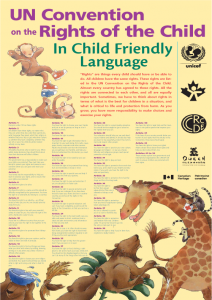The Convention On The Rights Of The Child
Child abuse needs to stop and education is the key.
The following free resources are essential to driving change and
are made possible through your contributions, thank you.

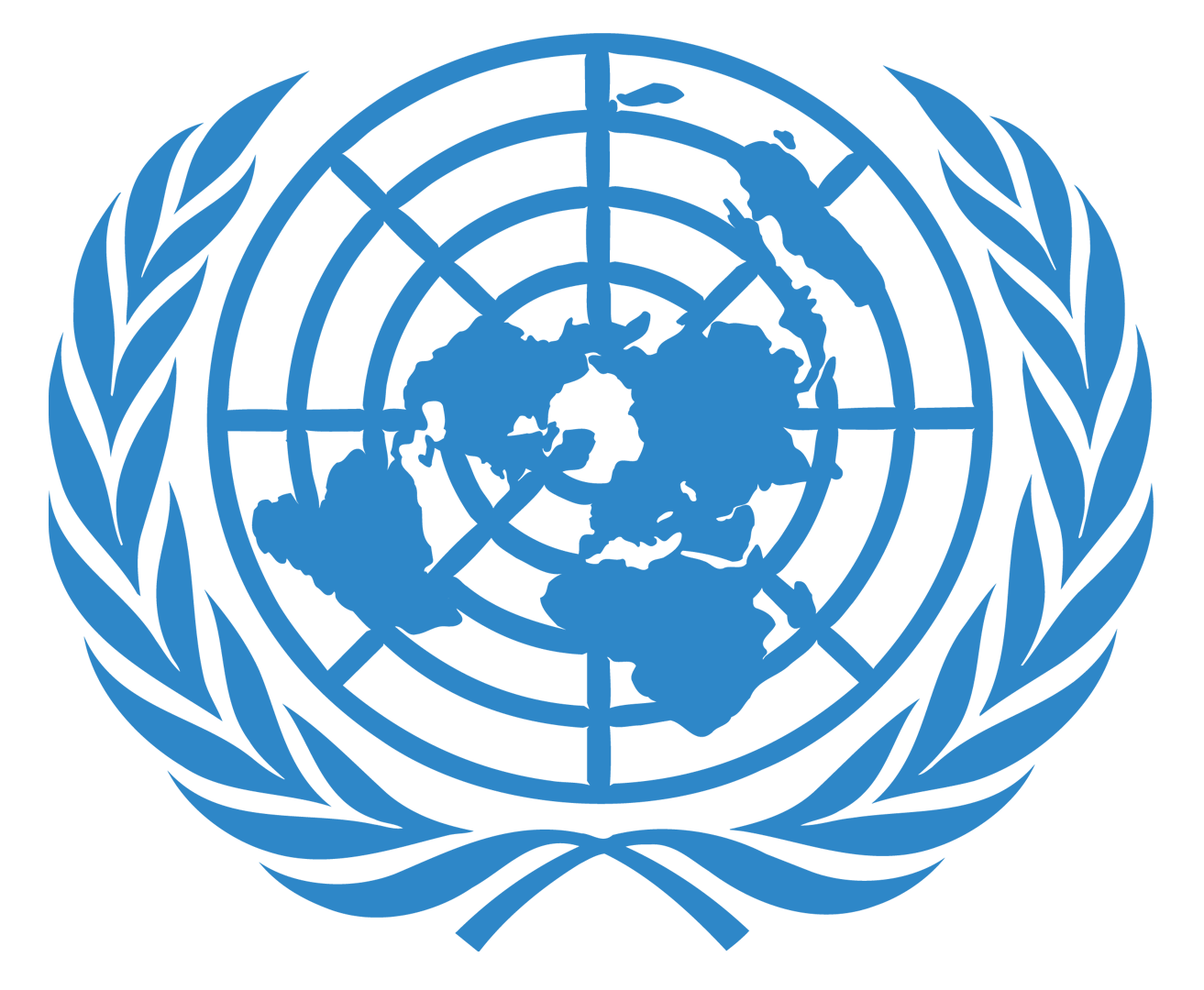
What is the CRC?
America is the only member of the United Nations not to ratify an international treaty that protects our children. The Convention on the Rights of the Child defends every child’s right to survival, education, nurturing, and protection from violence and abuse.
On November 20, 1989, unanimously the United Nations General Assembly adopted the CRC, a landmark treaty protecting children from neglect, abuse, and exploitation. The CRC, which entered into force in 1990, is the most universally ratified human rights treaty. 196 nations have ratified the treaty.
How can the CRC help our children?
Safety
Education
Parent Nurturing
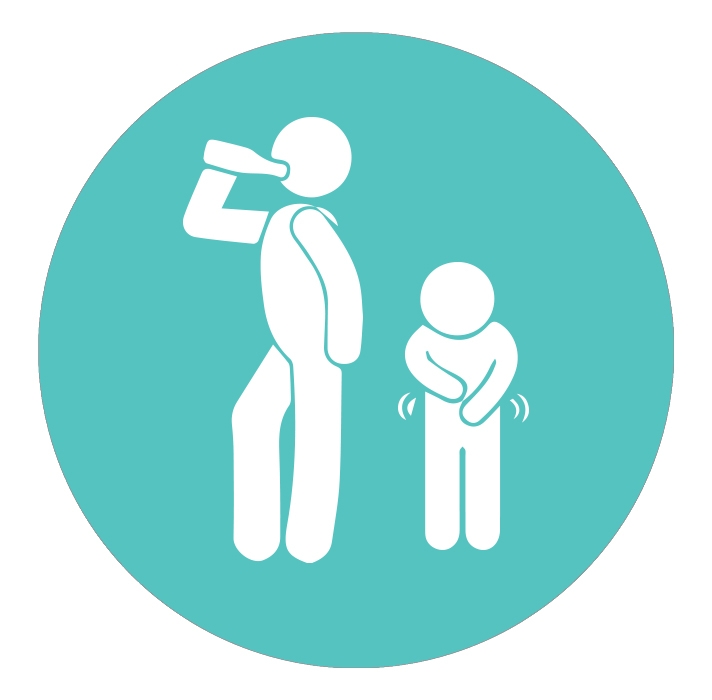
Protection from Violence

Protection from Abuse
FOUR CORE PRINCIPLES:
- non-discrimination,
- consideration of the “best interest of the child” regarding any decision affecting them,
- the right to survival and development, and
- respect for the views of the child in all matters affecting them.

Status in The United States
The United States signed this multilateral treaty in 1995, obligating the U.S. under international law to refrain from any acts that would defeat the object and purpose of the treaty. For the U.S. to be legally bound by its terms, the CRC must be approved by a two-thirds majority of the Senate and ratified by the President. To date, the U.S. Senate has not approved the Convention. The United States thus remain the only UN State Party to not yet ratify to this global children’s rights treaty.
The CRC recognizes the particular vulnerabilities and needs of children, sets minimum standards for their protection, survival, and development, and obliges governments to respect their basic human rights consistent with the principles of non-discrimination and the best interest of the child.
The United States has ratified two Optional Protocols to the Convention on the Rights of the Child— (1) on the involvement of children in armed conflict, and (2) on the sale of children, child prostitution, and child pornography. The American SPCC is committed to raising public awareness of the importance of U.S. ratification of the parent treaty, the CRC, at the earliest possible date.
The Convention’s objective is to protect children from discrimination, neglect and abuse. It is the principal children’s treaty, covering a full range of civil, political, economic, social and cultural rights. It grants rights for children in peacetime, as well as during armed conflict, and provides for the implementation of those rights.
THE CRC SYNOPSIS
The Convention on the Rights of the Child (CRC), as the most universally-ratified human rights treaty, establishes a framework binding State Parties that ratify it (196 countries to date) to ensure children and families have certain legal protections and rights. U.S. ratification of the CRC will catalyze a comprehensive review of federal law, state law, policies, and implementing legislation to harmonize these with current international laws and standards protecting children from abuse, neglect, and exploitation. This systematic evaluation of domestic laws, along with the periodic reporting on U.S. children’s status to the CRC Committee, will provide government agencies, non-governmental organizations, and child proponents with data and tools to develop better laws and influence policies that advance children’s welfare and rights in the U.S. The CRC has already led the U.S. Supreme Court to change its interpretation of domestic and Constitutional law in accordance with the CRC’s prohibition on the juvenile death penalty. If the U.S. ratifies the CRC, its many other provisions protecting children and families will be a permanent authoritative source for judicial and administrative bodies to interpret and apply.
The CRC establishes that children have affirmative rights (to survival, development, education, nurturing parenting, protection from violence such as abuse, etc.) the state has a duty to ensure, not just negative rights such as protection from undue state interference with their privacy, home, and family. Incorporating the CRC’s internationally-recognized core human rights into domestic laws and policies governing the lives of children in the U.S. will provide powerful protection against child abuse, neglect, and exploitation.
Once the U.S. ratifies the CRC, United States’ experts will be eligible to serve on the powerful 18-member Committee on the Rights of the Child, which interprets and makes recommendations on (UN) States Parties’ compliance with the treaty.
View & Download the Treaty:
HOW RATIFICATION OF THE CONVENTION ON THE RIGHTS OF THE CHILD WOULD HELP IMPROVE CONDITIONS FOR CHILDREN IN THE U.S.

CHILD FATALITIES DUE TO ABUSE & NEGLECt
While the definition and data collection systems regarding child abuse and neglect vary widely across states, leading some to believe the actual figures are as much as 50% higher than reported, national estimates of child deaths from abuse and neglect in the U.S. totaled 1,640 for 2012. This amounts to at least four child maltreatment FATALITIES per day.
Joining the CRC regime could help bring the U.S. rate closer to that of other industrialized countries that have ratified the CRC. Consider the following:
“The US CHILD MALTREATMENT DEATH RATE is three times higher than that of Canada, and 11 times that of Italy. It is also more than double that of France, Japan, Germany and Britain. Noting far lower teen pregnancy, violent crime, imprisonment, and poverty rates in these countries, the ECM [Every Child Matters] report points to more extensive social programs—child care, state health insurance, paid parental leave, visiting nurses—that help to serve as a safety net against child abuse and neglect.”
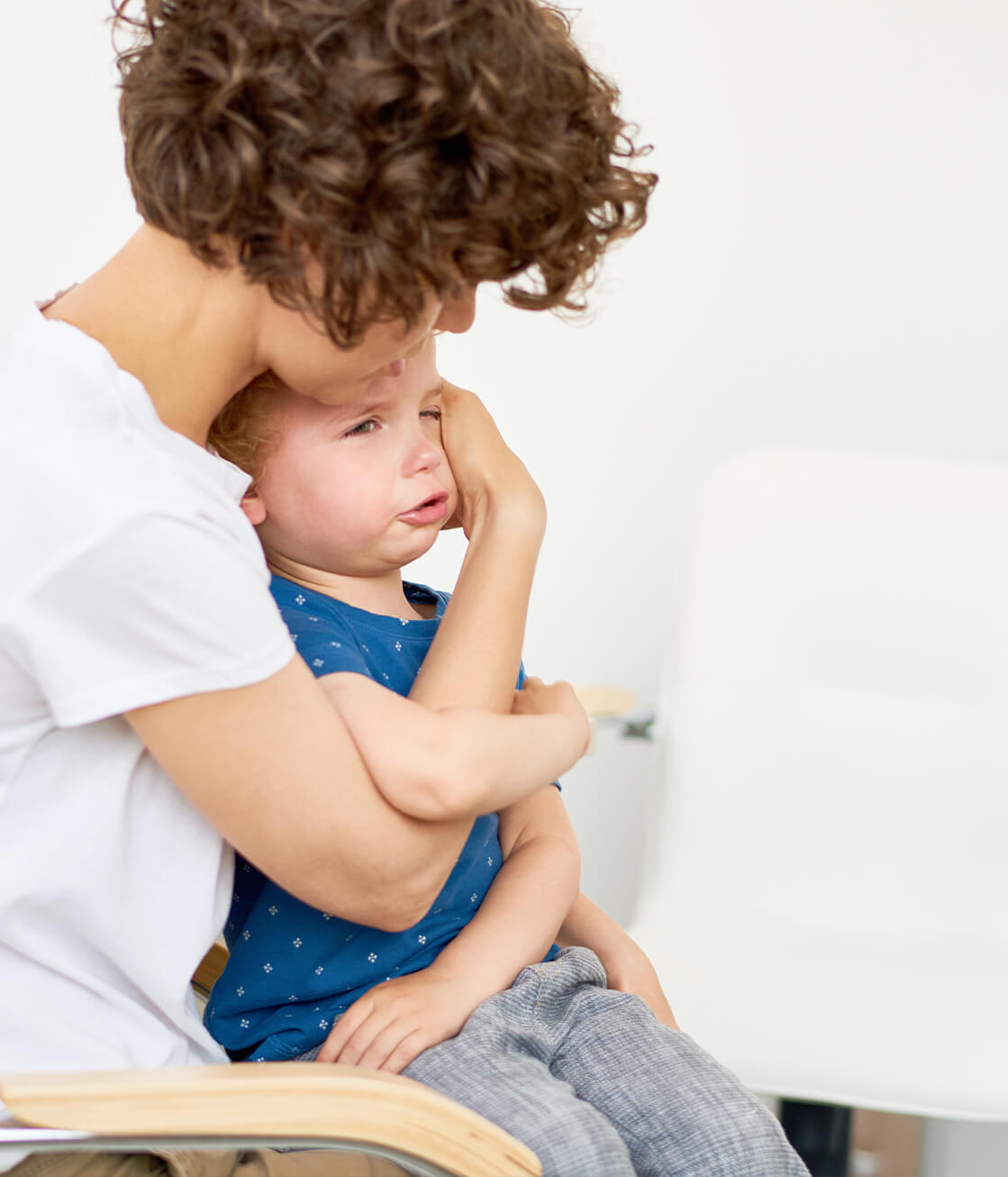
SUPPORTING FAMILIES
This legal sanctioning of routine breaches of children’s physical integrity and human dignity in both public and private spheres reflects the low status of children, just as the law sanctioned domestic violence against women before they gained protection under the law. The CRC recognizes that the child is a human being, a subject not an object, entitled to the full range of human rights. Applying these principles would stimulate a robust evaluation of state laws regarding child abuse, neglect, and exploitation, which could lead to better protection of children and support of families.
The CRC stresses the essential role of parents and the protected nature of families in raising children and obliges governments to assist families in fulfilling this role. Article 5 of the CRC establishes the right of parents to provide guidance and direction to the child. Article 16 prohibits unlawful interference with their “privacy, family, and home.”
Article 19, among many other CRC articles, emphasizes the family as the best environment for nurturing children and aims to protect children from maltreatment. As a result, the Committee on the Rights of the Child repeatedly and consistently encourages State Parties to improve efforts to support struggling families and children at-risk so that children do not end up, or remain, in government custody and state institutions. This approach is consistent with the growing body of research indicating that the best way to address the maltreatment of children is through developing comprehensive community supports strengthening families and children rather than mandatory punitive measures towards parents. (WORLEY & MELTON, 2013)
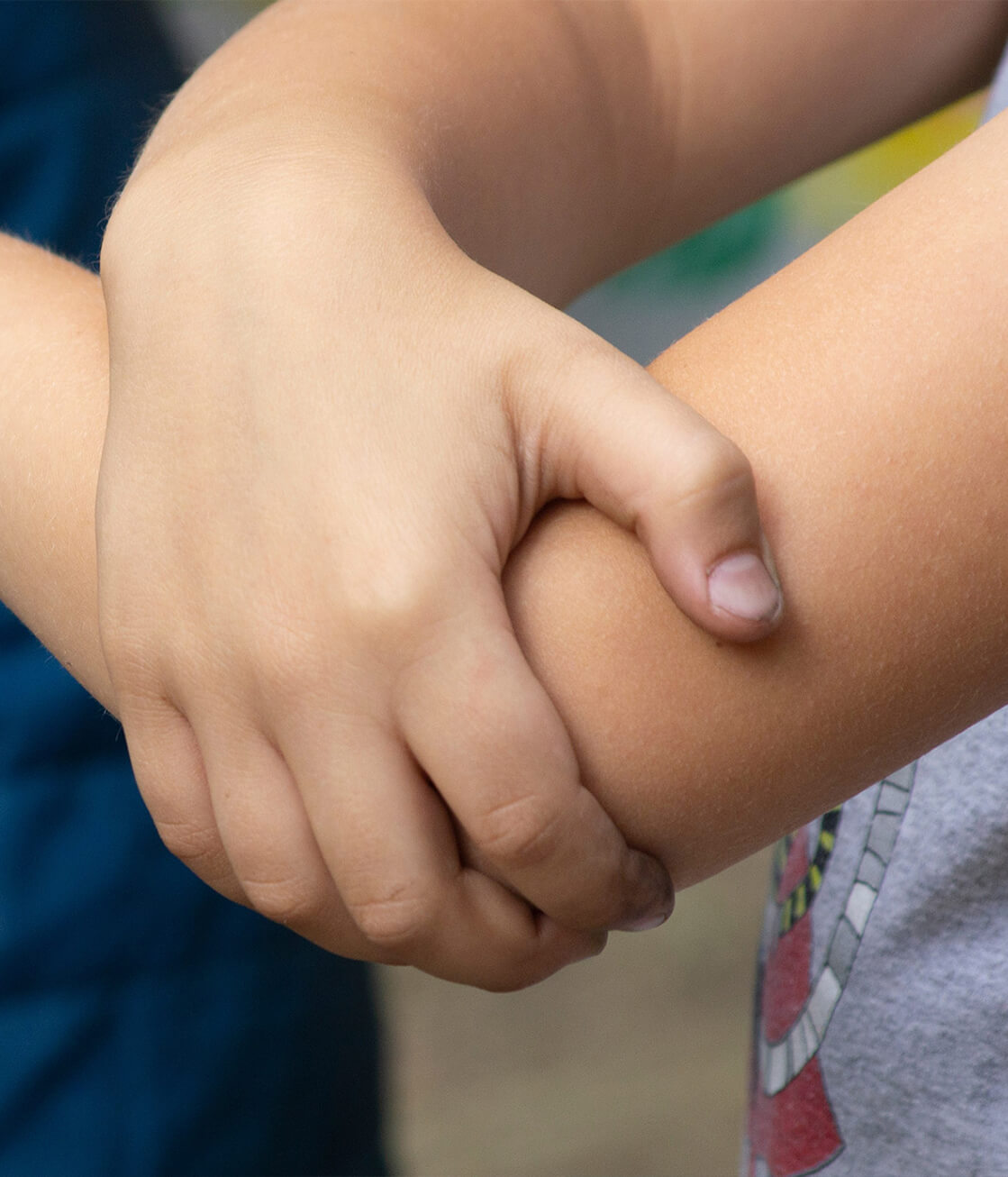
Corporal Punishment
In the United States, over one-third (19) of all states still ALLOW CORPORAL PUNISHMENT, including hitting with an object or paddling, of children in public schools. While the CRC does not explicitly prohibit corporal punishment, the Committee on the Rights of the Child, which makes non-binding recommendations to State Parties, concluded in its General Comment No. 8 (2006) that the treaty’s “best interest of the child” standard cannot be interpreted to justify corporal punishment. The Committee recommended that the right of the child to protection from corporal punishment and other cruel or degrading forms of punishment was consistent with States’ obligations to protect children from all forms of violence.
The CRC Committee also concluded that the “best interest of the child” determination should not be excluded from domestic situations. Article 19 of the Convention requires protection of children from “all forms of physical and mental violence, injury and abuse, neglect or negligent treatment, maltreatment or exploitation, including sexual abuse.”
Yet 1,825 CHILDREN ARE ABUSED OR NEGLECTED EACH DAY in the U.S. and “reasonable physical punishment” (corporal punishment) of children is permitted in the home in all U.S. states except Minnesota.
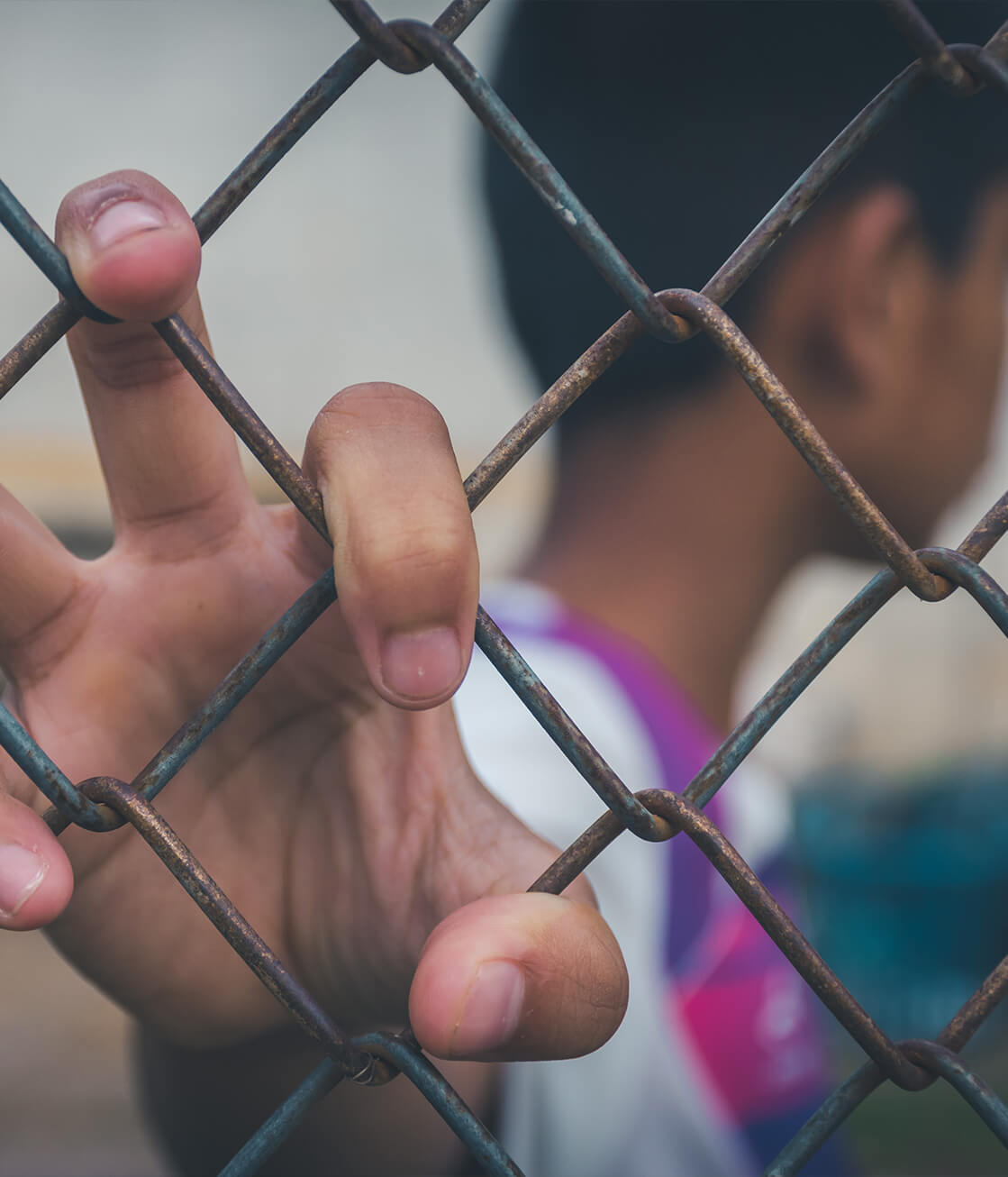
JUVENILE INCARCERATION AND SENTENCING
The U.S. ARRESTS AND LOCKS UP 2 MILLION CHILDREN A YEAR in juvenile detention, 95% of whom did not commit a violent crime; most committed “status offenses” (like truancy) that would not be criminal if committed by an adult. The U.S.’ annual incarceration of over 60,000 children exceeds all other industrialized countries and surpasses any other nation by a 5:1 ratio.
INCARCERATED CHILDREN IN THE U.S. face use of excessive force, isolation, restraints, physical and sexual abuse, and suffer loss of education due to the school-to-prison pipeline. Racial inequality is rampant in the juvenile justice system, with black children almost five times more likely, and Hispanic and American Indian children two to three times more likely, to be incarcerated/residentially placed as white children.
The CRC states that arresting, detaining, and imprisoning children should only be a measure of last resort, for the shortest time possible, and every child deprived of liberty “shall be treated with humanity and respect for the inherent dignity of the human person, and in a manner which takes into account the needs of persons of his or her age.” (Article 37(c)). Applying the CRC’s provisions to the above U.S. practices, including the prohibited mixing of child and adult prisoners as well as trying and sentencing youth as adults in the U.S., would likely galvanize federal and state legislative and policy reform.
Already, the CRC served as a catalyst for U.S. jurisprudential reform regarding the juvenile death penalty and life imprisonment without parole for those committing crimes under age 18. Both of these practices have been struck down in the last decade by the U.S. Supreme Court, which cited the CRC in rendering its decisions.
WRITE  to The President urging him to submit the CONVENTION ON THE RIGHTS OF THE CHILD treaty to the Senate for ratification. Let him know that you support children’s rights in our country. SAMPLE LETTER.
to The President urging him to submit the CONVENTION ON THE RIGHTS OF THE CHILD treaty to the Senate for ratification. Let him know that you support children’s rights in our country. SAMPLE LETTER.
 Send a MESSAGE to your Senators, asking them to take concrete action to promote children’s rights and welfare, and to protect children from abuse and neglect in our country. SAMPLE LETTER.
Send a MESSAGE to your Senators, asking them to take concrete action to promote children’s rights and welfare, and to protect children from abuse and neglect in our country. SAMPLE LETTER.
 Send a MESSAGE to your members of Congress asking them to support legislation in your district to promote children’s rights and reduce the incidence of children abuse and neglect. SAMPLE LETTER.
Send a MESSAGE to your members of Congress asking them to support legislation in your district to promote children’s rights and reduce the incidence of children abuse and neglect. SAMPLE LETTER.
 Visit the United Nations website to read the full version and check the status of the CONVENTION ON THE RIGHTS OF THE CHILD.
Visit the United Nations website to read the full version and check the status of the CONVENTION ON THE RIGHTS OF THE CHILD.
![]() Visit the Unicef website to find MORE INFORMATION on the Convention on the Rights of the Child
Visit the Unicef website to find MORE INFORMATION on the Convention on the Rights of the Child
The abuse may be brief, but the trauma lasts a lifetime.
Kids’ lives and futures are on the line!
Be the voice against neglect and contribute to end child maltreatment today.
Our Lessons are available for Offline learning!
Previous Section
Parenting Resource Center
The Convention On The Rights Of The Child
Next Section

